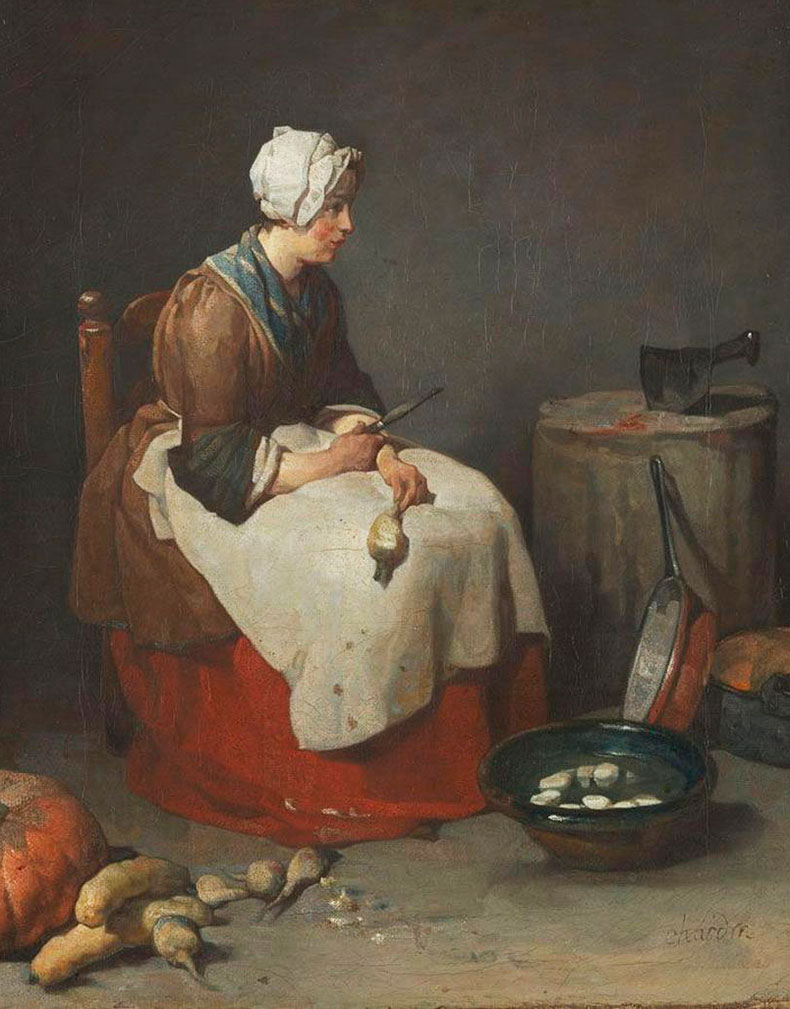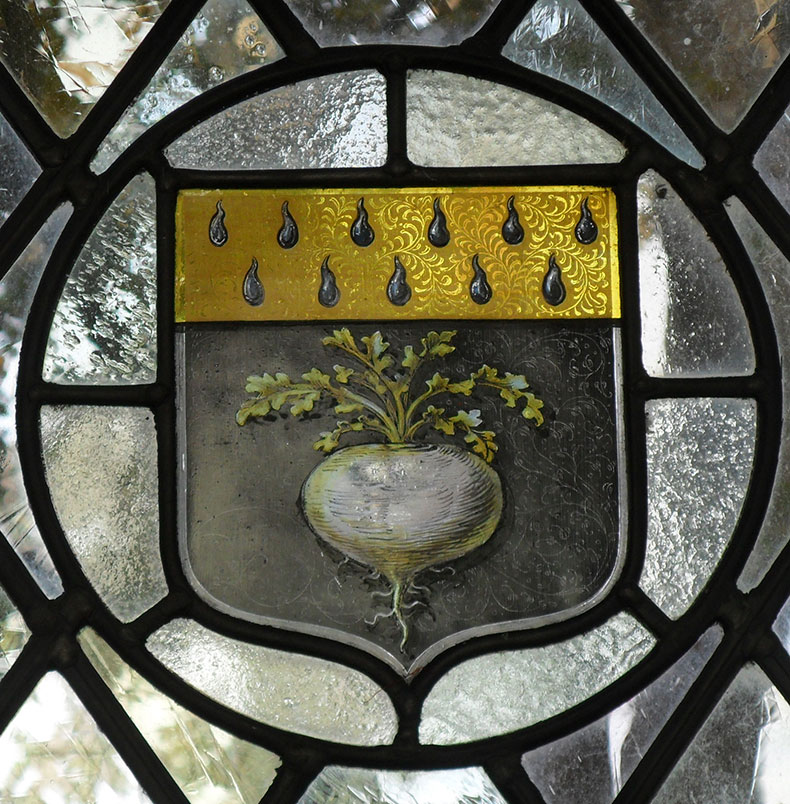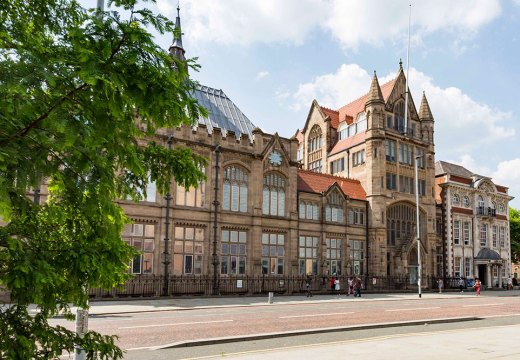Introducing Rakewell, Apollo’s wandering eye on the art world. Look out for regular posts taking a rakish perspective on art and museum stories.
Rakewell is always delighted to be given food recommendations so imagine our delight when the secretary of state for the environment, food and rural affairs provided tips for solving the current salad shortages in the United Kingdom. Thérèse Coffey helpfully suggested that we should ‘cherish the specialisms that we have in this country.’ It is hard to argue with such a sentiment, especially from the position of connoisseurship. The esteemed politician continued, ‘A lot of people would be eating turnips right now rather than thinking necessarily about aspects of lettuce and tomatoes and similar.’ Rakewell was worried that this might not be the sunny uplands of gastronomic enthusiasm that everyone now expects so, with relish, we have turned to artists to consider how that noble vegetable has been represented in the past and might be used in the future.

Woman peeling turnips (c. 1740), Jean-Baptiste-Siméon Chardin. Wikimedia Commons
Chief among the lovers of turnips in the art world is Jean Siméon Chardin who included them in still lifes and also in his masterful Woman Peeling Turnips (c. 11740). While the maid herself looks surprisingly crisp and clean there is no apotheosis of the turnip here. Indeed, with the lowly servant the only person in the painting, and the accompanying pumpkin the only other vegetable, the disdain in which the humble turnip is held is clear for all to see.

Prize Sheep (1838), Henry William Davis. Photo: Universal Images Group North America LLC/Alamy Stock Photo
Perhaps a more optimistic view is evident in Prize Sheep (1838) by William Henry Davis. Here, a farmer is cutting off slices of the bitter vegetable to give to the award-winning ewe. While it is some honour to witness the farmer at such work, it’s hard not to conclude that the physique of the animal perhaps doesn’t entirely recommend a diet of turnips.

Damant coat of arms from a stained glass window in St Andrews Church, Lammas, Norfolk. Wikimedia Commons
For nobility we must turn to the fine art of heraldry where turnips appear with surprising regularity. Of course, these resilient vegetables that will grow almost anywhere have many implications, but there is no finer rendering than in the window of St Andrew’s Church in Lammas, Norfolk. This should not be a surprise when we consider that the opening of ‘The Norfolk Turnippe Song’ declares: ‘Some counties boast themselves in pies,/And some for meat do well,/For turnips of enormous size fair Norfolk does excel,/Fair Norfolk does excel.’ By pursuing the turnip as suggested by the secretary of state, we will all, doubtless, excel.
Got a story for Rakewell? Get in touch at rakewell@apollomag.com or via @Rakewelltweets.
Unlimited access from just $16 every 3 months
Subscribe to get unlimited and exclusive access to the top art stories, interviews and exhibition reviews.














![Masterpiece [Re]discovery 2022. Photo: Ben Fisher Photography, courtesy of Masterpiece London](http://www.apollo-magazine.com/wp-content/uploads/2022/07/MPL2022_4263.jpg)
It’s time for the government of London to return to its rightful home